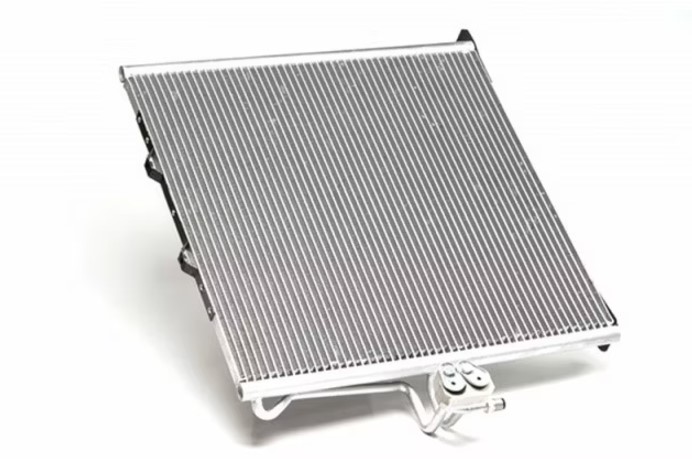Innovations in Microchannel Heat Exchanger Design

Microchannel heat exchangers represent a cutting-edge trend in thermal management, moving away from traditional designs to optimize efficiency and performance in various applications. These innovations are rooted in the need for better heat transfer capabilities, reduced refrigerant charge, and compact designs, which are essential in a world increasingly focused on sustainability and energy efficiency.
The Evolution of Heat Exchanger Technology
Historically, heat exchangers have been designed with larger surface areas and more extensive fluid channels. However, this approach often resulted in bulkiness and higher energy consumption. The invention of microchannel technology has revolutionized this concept by employing smaller channels that enhance heat transfer rates while reducing the overall size of the unit.
Microchannel heat exchangers utilize a series of parallel, flat tubes with a high surface area-to-volume ratio. This architecture allows for improved thermal performance through higher heat transfer coefficients and lower pressure drops. One notable advancement in this field is the integration of enhanced fins and surface geometries that maximize the area available for heat exchange.
Applications Across Industries
The versatility of microchannel heat exchangers makes them suitable for various applications. In the HVAC sector, for instance, they significantly improve system efficiency and reduce energy consumption. Their lightweight and compact nature is particularly beneficial for automotive manufacturers seeking to optimize cabin climate control without significantly increasing vehicle weight.
Furthermore, the refrigeration industry has embraced microchannel technology, especially in commercial refrigeration systems. The use of microchannel condensers has been linked to reduced refrigerant use and lower greenhouse gas emissions. For detailed specifications on these units, you can explore https://kaltra.com/microchannel-condensers, which offers insights into the latest developments in microchannel condenser technology.
Technical Advantages
One of the most striking benefits of microchannel heat exchangers is their superior thermal performance. The small channel sizes promote turbulent flow, enhancing heat transfer without requiring excessive fluid velocity. This efficiency not only leads to energy savings but also reduces operational costs in the long run.
Additionally, the reduced refrigerant charge associated with microchannel designs reduces environmental impact. The smaller volume of refrigerant needed contributes to lower costs and adheres to regulatory standards focused on minimizing harmful emissions.
Future Trends
As industries strive for greater energy efficiency and sustainability, the future of microchannel heat exchangers appears promising. Ongoing research focuses on the use of advanced materials that further enhance thermal conductivity and corrosion resistance. Moreover, the adoption of smart technologies and IoT integration is likely to create conditions for real-time monitoring and optimization of heat exchanger performance.
The ongoing push for compact designs and lightweight materials indicates that microchannel technology will continue to evolve and expand into new markets. Industries such as renewable energy, aerospace, and process cooling are expected to benefit significantly from these innovations.
A Result
The advancements in microchannel heat exchanger design reflect a paradigm shift in thermal management solutions. As these technologies continue to develop, they promise enhanced performance, sustainability, and reduced environmental impact across a multitude of applications. The commitment to innovation in this field is not only changing how we approach heat transfer but also paving the way for a more energy-efficient future.






